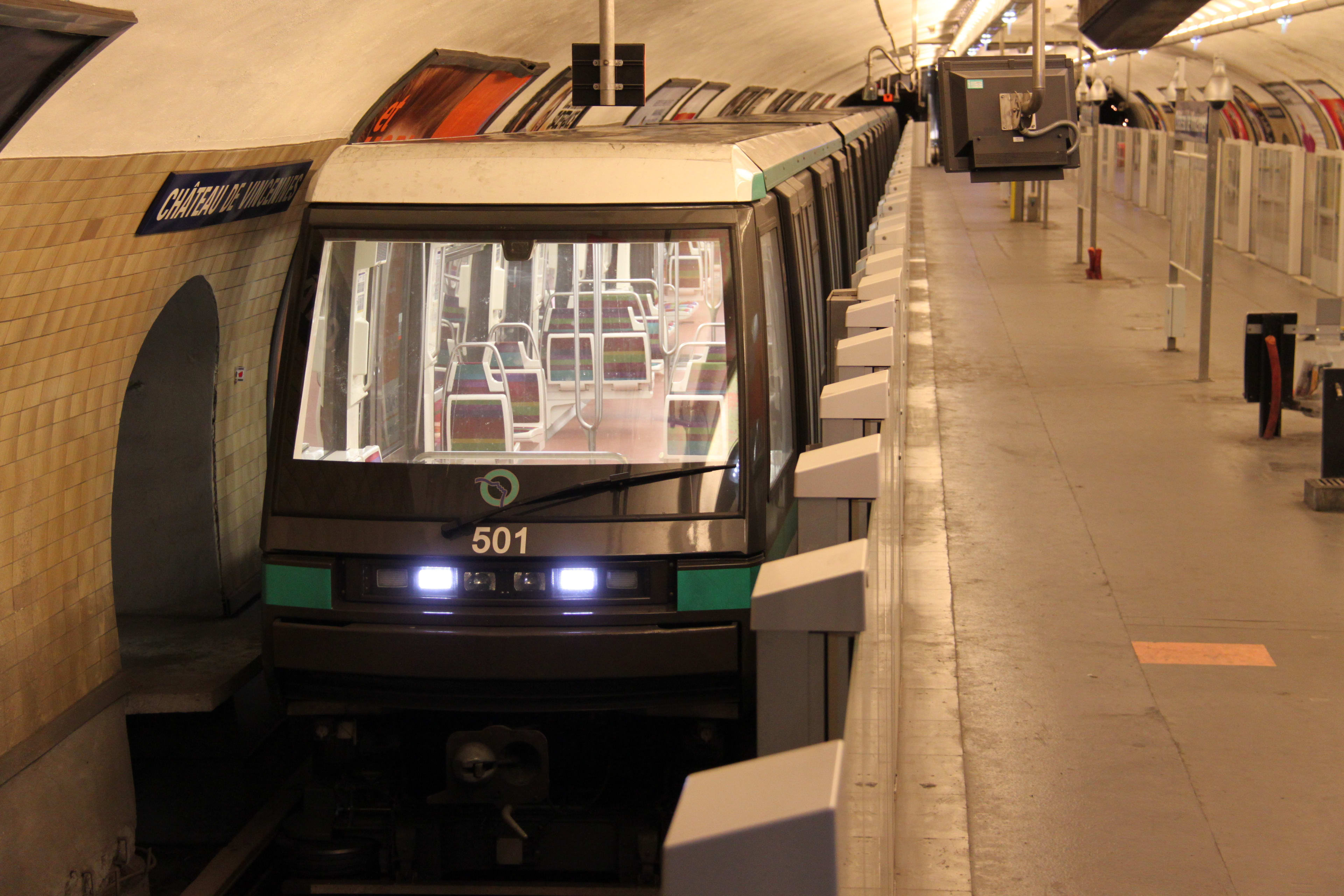Real tech will drive Ontario Line, not futuristic prototypes
A business case release provoked public conversations of how the Ontario Line will eventually run.
Sep 10, 2019
Mathieu Goetzke – and even his teenage son – enjoys reading about billionaire Elon Musk’s plans of futuristic high-speed electric shuttles.
But according to the elder Goetzke, Metrolinx’s chief planning officer, Toronto passengers shouldn’t expect a similar revolutionary approach as Musk’s Boring Company vision – pods whipping through tunnels in American cities at over 240km/hr – when the Ontario Line subway begins moving the masses.
That’s because while the project will be using cost-efficient and innovative transit ideas developed through a public private partnership (P3) model – where different visions vie for the right to build the subway – the final choices will be based on proven techniques, mechanics and equipment.
Line One of the Paris subway demonstrates some of the technical advances that may be used on Ontario Line.
“We’re not testing new technologies,” says Goetzke. “We want to make sure we’re using technology that reliably delivers the capacity.”
As an at-home, thought exercise with his son, who is also a transit fan, Goetzke crunched the numbers, and found Ontario Line will be moving exponentially more customers – about 389,000 boardings each day – than Musk’s system. For the new subway, total capacity will be key.
“The idea of P3 is to be open to a variety of robust solutions (that have been tested) in Vancouver or Paris or London, Shanghai or Tokyo,” Goetzke explains. “There are different manufacturers, different operators, made in different ways – proven technology elsewhere, with the reliability we need for our commuters.”
Adds Becca Nagorsky, Metrolinx director of project planning on Ontario Line: “We’re not trying to be an attraction for people looking for a demonstration project. We’re looking to help people get to work.”
But that doesn’t mean the new line – with its 15 potential stations, including six interchange stations adding 17 new connections to GO Transit, existing subways and streetcars – won’t have modern elements that in past builds, were not an option. Planners are anticipating fully automated, driverless trains with modern signalling that will enable high frequency service, similar to technology used in Paris, London and Singapore.
Everything helps fulfill capacity. An automated system using a constant flow of shorter trains – and platforms of just 100 metres long – help add up to as little as 90 seconds between trains, rather than every two minutes.
Goetzke says automation, along with sophisticated control centres, will allow for more trains to suddenly be added to the line in times of mass use – such as when a Toronto sports team gets into the playoffs or a civic celebration draws big crowds to Toronto’s downtown.
The system also works in reverse, as it caters to smaller groups during off-hours. Goetzke used to work as a transit planner and co-deputy city manager in Lille, France, a working-class community. The automated-system in use there, allowed for workers heading to the regional hospital at 5 a.m. access to trains.
“With automated, you can actually expand your peak hours significantly, and help segments of the population that are not usually well served by transit because they’re not in the regular business hours,” he explains.
Automation, along with sophisticated control centres, will allow for more trains to suddenly be added to Ontario Line in times of mass use. Shown are automated subway trains now in use in Paris.
Ontario Line will also feature a wall on the platforms, where doors will open to allow passengers to board. It would be much like the system that is used for UP Express, which connects Pearson International Airport to downtown Toronto’s Union Station. Using designated waiting areas, and precise stopping points for doors, speeds up boarding.
For a system where capacity is the goal, the doors have the added benefit of being safer and cut down on debris littering tracks.
The technology, while state-of-the-art, is not new. Thousands of kilometres of automated subway tracks are being created in other countries, including China.
Climate resiliency will be another area that technology will offer solutions, including possibly looking at building canopies over exposed tracks on elevated guideways.
Rubber tires on subway cars could also be considered. They’re used in the Paris subway, and help reduce vibration and noise, and climb steeper grades. Though they can slip when exposed to outside, wet elements, says Goetzke.
But, transit planner Nagorsky stresses, specifics on what will be used on Ontario Line will all come down to moving a lot of people quickly, safely and cost-effectively.
“Under the P3 model, what we care about is moving people,” says Nagorsky. “We don’t care about what the wheels are made out of. If the private sector believes they have a better solution with rubber tires, that’s great and if they think they have a better solution with steel wheels, great as well.
“We don’t care what the vehicle is – we care that it can run frequently and run where it needs to go.”
In our next Ontario Line story, we’ll explore what transit systems around the world are developing automated routes, and which may be used as role-models for Toronto’s next great subway route.
To see our story on the Ontario Business case click here.
